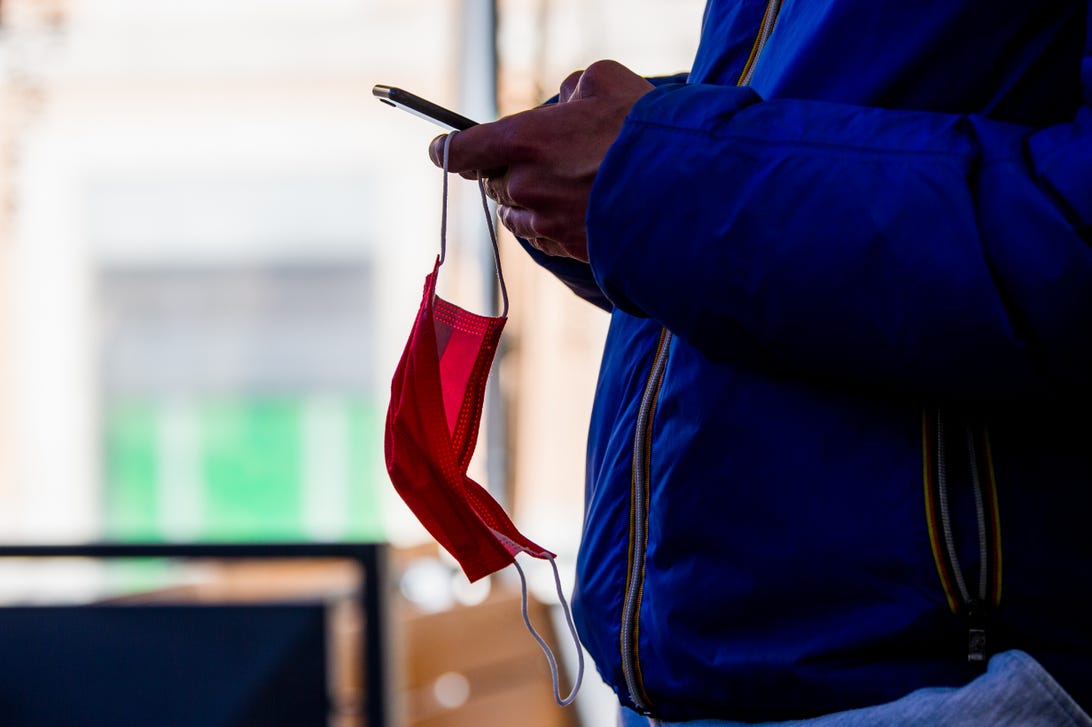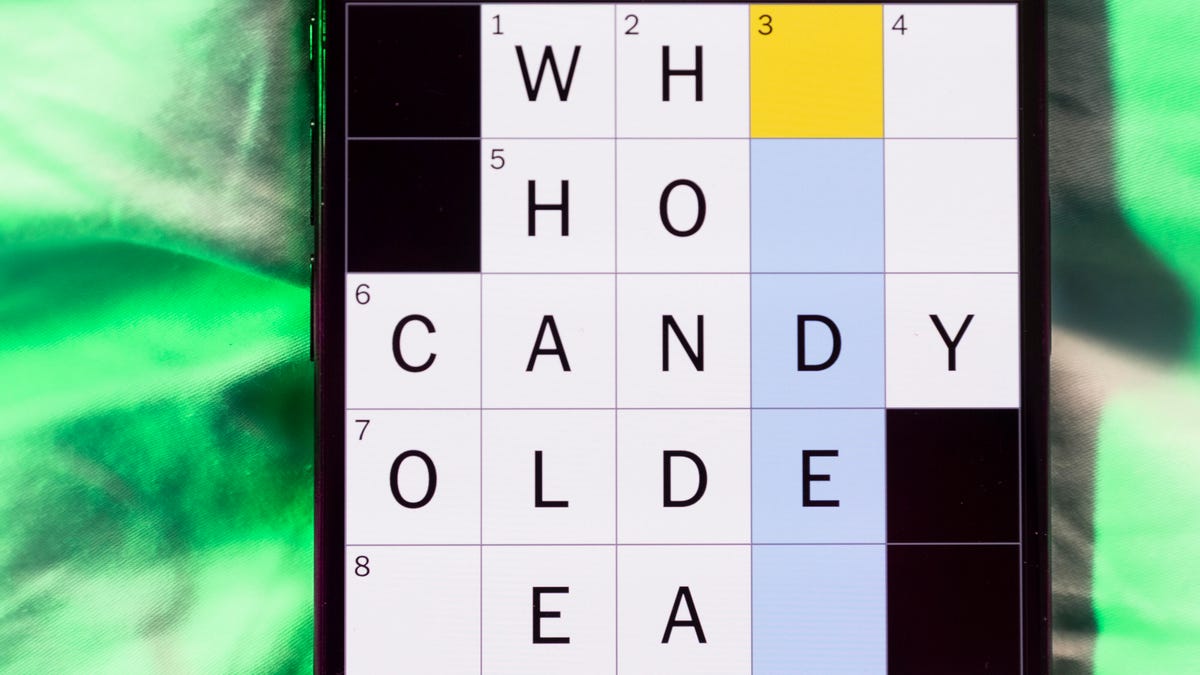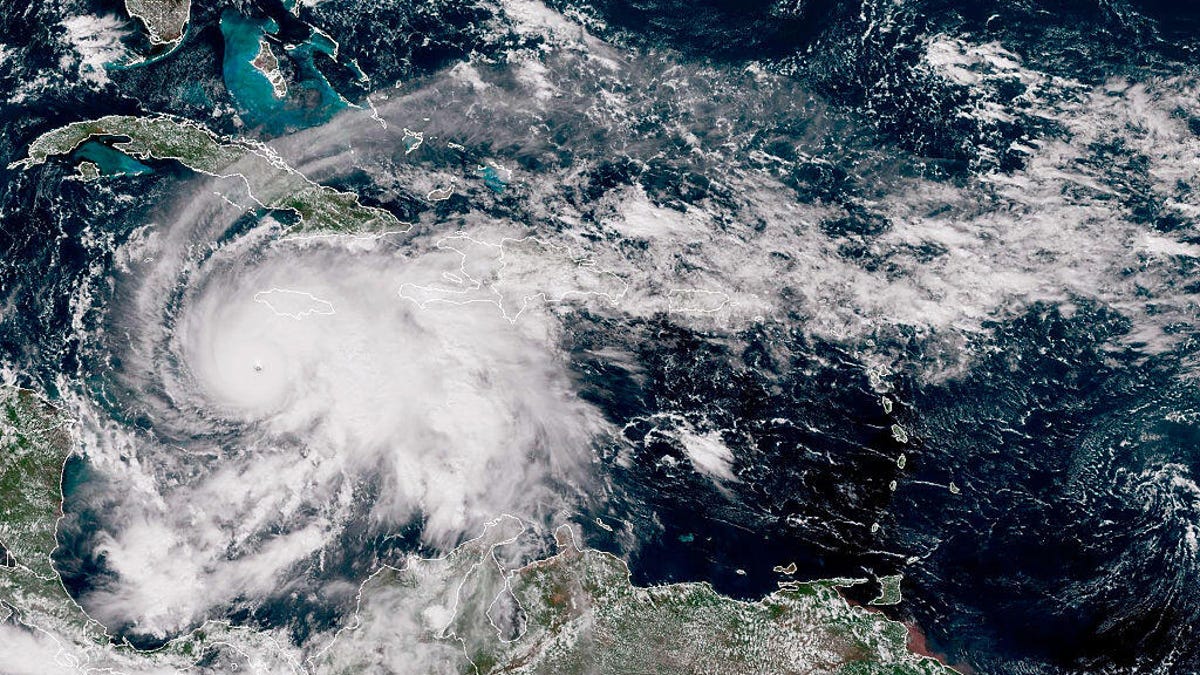Technologies
COVID Mask Mandates: Which States Still Cover Up?
Which are the states without mask mandates — and which states are letting them expire soon?

Within the past three weeks, half of the states that instituted mask mandates in response to the ongoing COVID-19 pandemic have lifted that requirement.
Rhode Island and Delaware ended mask-or-vaccine provisions for indoor spaces on Feb. 11, one day after New York ended its latest mask mandate.
«We’re in a much better place than we were several weeks ago in the middle of the omicron surge of COVID-19 cases and hospitalizations,» Governor John Carney, a Democrat, said in a statement.
Those states were followed by California and Connecticut, which lifted their indoor masking requirements on Tuesday.
The highly transmissible omicron variant prompted some states and cities to reinstitute mask mandates during the winter holiday season, but as infections and hospitalizations drop sharply, those requirements are quickly ending.
Here’s everything you need to know about which states have ended mask mandates, which regions still require face coverings for businesses, schools or both and where the CDC stands on the issue.
For more, check out our top face mask picks, the best masks for children and the face mask myths putting people at risk.
Which states are ending mask mandates?
New York ended its mask mandates for everyone on Feb. 10, though cities, counties and individual businesses can still enforce mask-or-vaccine requirements, but it’s no longer required by state law.
Nevada Gov. Steve Sisolak lifted the state’s mask requirement the same day.
«Masks are still a great tool we have to slow the spread of the virus,» Sisolak said in a statement. «The state will no longer require masks in public places, but employers and organizations, including school districts, may set their own policies, and I encourage them to work with their employees and communities to ensure that policies are in place.»
Delaware Gov. John Carney lifted the state’s universal mask mandate on Feb. 11, the same day Rhode Island also announced an immediate end to mask-or-vaccine requirements for indoor spaces.
California’s indoor masking requirements for vaccinated people ended on Feb. 15, though unvaccinated people are still required to wear face coverings indoors.
Illinois plans to end its statewide indoor mask mandate on Feb. 28, Gov. Bill Pritzer said, citing the state’s sharp drop in hospitalizations.
The Oregon Health Authority and Department of Human Services said it expected an end to masking requirements in the state «no later than March 31.»
Massachusetts currently requires masks in certain situations, including on public transportation and in health care facilities and nursing homes. On Tuesday, public health officials dropped an advisory that everyone should wear masks indoors, instead recommending face coverings be worn by unvaccinated individuals and vaccinated persons with specific medical conditions.
Which states currently require masks in public?
Five US states and four territories currently require masks in indoor settings like restaurants, bars and gyms:
- Illinois
- Hawaii
- New Mexico
- Oregon
- Washington
- District of Columbia
- Puerto Rico
- US Virgin Islands
- Guam
As noted above, Illinois‘ statewide mask rules end Feb. 28, as do similar requirements in Washington, DC. The Oregon Health Authority has said it expects to lift the state’s indoor mask mandate no later than Mar. 31.
Washington has already lifted its outdoor mask requirement, but rules for indoor masking still remain. Gov. Jay Inslee said he expected to announce next week when all masking requirements would end.
California and Connecticut only require unvaccinated people to wear masks indoors.
The AARP has an excellent state-by-state rundown of mask mandates across the US.
Which states still have mask mandates for schools?
- California
- Connecticut
- Delaware
- Hawaii
- Maryland
- Massachusetts
- New Jersey
- New Mexico
- New York
- Oregon
- Rhode Island
- Washington
- District of Columbia
- Guam
- Puerto Rico
- US Virgin Islands
Statewide mask requirements in schools in Massachusetts and Connecticut are ending on Feb. 28.
Rhode Island Gov. Daniel McKee indicated that indoor masking in public K-12 schools will end on March 4, though local municipalities can implement their own masking policies.
New Jersey announced it would lift mask requirements for students and school employees on Mar. 7.
The Oregon Health Authority said the state will end mask requirements in schools «no later than Mar 31,» the day such requirements are slated to end in Delaware schools.
Illinois Gov. J.B. Pritzker has not ended masking rules for schools, but they have been suspended following a vote by the Joint Committee on Administrative Rules.
In Maryland, Gov. Larry Hogan has called on the State Board of Education to rescind its mask requirement for all students and staff in public schools. Local school systems, however, can vote to make masks optional once 80% of eligible residents are vaccinated.
The Center for Dignity in Healthcare for People with Disabilities regularly updates its list of states that have mask mandates, as well as those with bans on mask requirements.
What is the federal mask mandate?
In December, due to concerns around the more virulent omicron variant, the Biden administration extended its mask mandate for those traveling by trains, buses and airplanes. Originally intended to expire on Jan. 18, the measure is now set to end March 18.
The Biden administration has not said yet if it plans to extend the federal mask mandate further.
What does the CDC recommend about masking?
The CDC still encourages everyone age 2 years and older, vaccinated or unvaccinated, to continue wearing masks when in public indoor spaces, especially if in a high COVID-19 transmission area.
But the agency is expected to loosen its indoor masking guidelines as early as next week, reportedly switching to a benchmark that looks ath the level of severe disease and hospitalizations in a given community, rather than a blanket nationwide directive.
The CDC originally stated in May 2021 that vaccinated people did not need to wear masks anywhere, but reversed course in July when the delta variant of COVID-19 led to higher numbers of infections, hospitalizations and deaths.
People outdoors generally do not need to wear masks, the agency says, unless they are in extended close contact with other people.
What is the World Health Organization’s position on masks?
The World Health Organization’s current guidance is that wearing a well-fitting mask that covers the nose and mouth is recommended indoors in areas with poor ventilation or where social distancing cannot be maintained, «irrespective of vaccination status or history of prior infection.»
For more information, here’s what you need to know about «long COVID» and how it’s treated. Also, read up on these COVID-19 vaccine side effects and important dos and don’ts of getting your COVID-19 vaccine.
The information contained in this article is for educational and informational purposes only and is not intended as health or medical advice. Always consult a physician or other qualified health provider regarding any questions you may have about a medical condition or health objectives.
Technologies
Today’s NYT Mini Crossword Answers for Wednesday, Oct. 29
Here are the answers for The New York Times Mini Crossword for Oct. 29.

Looking for the most recent Mini Crossword answer? Click here for today’s Mini Crossword hints, as well as our daily answers and hints for The New York Times Wordle, Strands, Connections and Connections: Sports Edition puzzles.
Need some help with today’s Mini Crossword? It’s a bit trickier than normal, so read on for the answers. And if you could use some hints and guidance for daily solving, check out our Mini Crossword tips.
If you’re looking for today’s Wordle, Connections, Connections: Sports Edition and Strands answers, you can visit CNET’s NYT puzzle hints page.
Read more: Tips and Tricks for Solving The New York Times Mini Crossword
Let’s get to those Mini Crossword clues and answers.
Mini across clues and answers
1A clue: Skill taught at lifeguard training, for short
Answer: CPR
4A clue: Bop it!
Answer: HEAD
6A clue: Not given anything to eat
Answer: UNFED
8A clue: Twist it! Pull it!
Answer: TAFFY
9A clue: Best of the best
Answer: ELITE
Mini down clues and answers
1D clue: Means of getting trash to a basement dumpster
Answer: CHUTE
2D clue: Word that can precede «code» or «colony»
Answer: PENAL
3D clue: «Baby Beluga» musician
Answer: RAFFI
5D clue: Neatly skillful
Answer: DEFT
7D clue: Change the color of, as hair
Answer: DYE
Technologies
Samsung’s Wild-Looking Tri-Fold Phone Debuts at APEC Summit in South Korea
The Galaxy phonemaker showed off a twin-hinged foldable at a Korean consumer tech show.

Samsung unveiled its first triple-display foldable phone for consumers at a tech exhibition hall during the APEC CEO Summit in South Korea. The Korean publication Dailian reported that the new phone will launch in November or December.
The tri-fold phone, which doesn’t have an official name yet, was revealed as a prototype on display. Whereas the Galaxy Z Fold 7 and Galaxy Z Flip 7 fold in half along one hinge, Samsung’s next device folds in two places to be as compact as a typical smartphone with a 6.5-inch outer screen, then unfolds for a tablet-size 10-inch screen, according to The Chosun Daily. Compare that with dual-screen foldables that have inner screens measuring approximately 8 inches. The Z Fold 7 has a single crease on its main screen; the new tri-fold could have two creases.
Samsung has been at the forefront of foldable phones since releasing the first Galaxy Fold in 2019 and the Galaxy Z Flip in 2020. At the time, it faced fierce competition from Motorola and Huawei — the latter of which gained a significant lead in 2024 with its own tri-fold Huawei Mate XT, which was followed by a second version. Samsung’s launch of its own competitor keeps the company in the game.
Here’s your first look at the Samsung Galaxy Z TriFold.
Screen when folded: 6.5-inch
Screen when unfolded: 10-inch
It might be announced later this week.
Source: Chosun Media pic.twitter.com/EhT4i1hW2k— Trakin Tech English (@trakinenglish) October 28, 2025
These two consumer tri-folds have their differences. The Huawei Mate XT’s two hinges fold in opposite directions like an accordion, giving it a Z shape, while Samsung’s device has two screens that fold inward in what Dailian (through Google Translate) asserts is «G-shaped.» Given that Samsung has branded its foldable line as the Z-series, it’s ironic that the company didn’t adopt that shape and format for its tri-fold.
Samsung didn’t release any more details about its tri-fold, though Dailian expects it to be even pricier than the Galaxy Z Fold 7, which starts at $2,000in the US. From photos of the device — apparently a prototype — behind glass, you can see a front-facing camera on the inner display (when unfolded) and outer screen (when folded up). But since Samsung also didn’t show the device folding, there are a lot of questions about its durability and capability before its supposed launch in a month or two.
It’s not a total surprise to see Samsung’s tri-fold ready to go. For years, the company has displayed various flexible display designs, including three-screen formats, during CES. In the last few months, there’s been a steady flow of rumors and outright executive confirmations that Samsung was gearing up to unveil its tri-fold. Now we’ll have to see whether the company that’s fought so hard to be at the forefront of smartphone design can release another format that dominates the folding phone niche — all before one of its biggest rivals, Apple, even releases its first foldable.
Samsung didn’t respond to a request for comment.
Technologies
Be Wary of AI Videos as Hurricane Melissa Hits Jamaica. How to Spot a Fake
AI-generated storm videos are spreading rapidly online. Here’s where to find reliable information.

As Category 5 Hurricane Melissa bears down on Jamaica with winds topping 180 mph, social media is being hit by a surge of AI-generated and misleading videos, showing catastrophic flooding, collapsing buildings and rescue scenes that never happened.
Across X, TikTok, Instagram, WhatsApp and other social media platforms, fake clips spread quickly, racking up millions of views in hours. Many of these videos are spliced footage from past storms or clips created entirely with text-to-video AI tools.
In times of crisis, like a dangerous and imminent natural disaster, these fake videos can create confusion, panic and distraction at a time when accuracy can be life-saving.
Natural disasters have always bred rumors and recycled footage, but the rise of AI-generated video has supercharged the problem. Tools like OpenAI’s Sora and other AI-video platforms can render realistic-looking images of storms, floods and damage scenes in seconds, reaching millions online in just a few hours.
Read also: The Deepfakes Are Winning. How Can You Tell if a Video Is Real or Sora AI?
Don’t miss any of our unbiased tech content and lab-based reviews. Add CNET as a preferred Google source.
Why storms are a magnet for fake news
Storms are visual, emotional and fast-moving, which is the perfect recipe for viral misinformation. In years past, videos were often taken out of context or labeled as a different storm. Now, they can be digitally fabricated from scratch.
Some depict apocalyptic flooding that hasn’t occurred, while others claim to show «real-time» conditions hours before landfall. Several videos that have circled this week include images of sharks swimming in the storm surge and unsettling depictions of human suffering.
False videos like these can exaggerate the danger of the storm, create panic, undermine trust and distract emergency responders, as misinformation pulls attention from verified reports.
The following three videos are all fake. They are labeled (albeit briefly) with the Sora watermark, which indicates they were made in OpenAI’s video generator.
How to separate truth from fiction online
When social feeds fill with dramatic hurricane clips, it’s important to separate truth from fiction.
«You have to be very discerning,» Senator Dana Morris Dixon, Jamaica’s information minister, said. «You have to know what is good information from bad information. If you want to know where the storm is going, if you want to know what to do, you need to look for official sources.»
Dixon highlighted that the Jamaica Information Service, Office of Disaster Preparedness and Emergency Management’s information sites and the Office of the Prime Minister page are resources for legitimate, timely updates.
Here are some ways to be discerning.
Check the source. If the video comes from an unfamiliar account, lacks a timestamp or carries no recognizable media branding, assume it is fake until verified. Also, look for the Sora watermark indicating it was made in OpenAI’s app, or read the comments to see if someone else has flagged the video as fake.
Ask yourself if it’s new and local. Does the geography match Jamaica? Is the footage recent? Many «Melissa» clips could actually be from past Caribbean or Gulf storms.
Cross-check before believing. Confirm through trusted outlets, like the Meteorological Service of Jamaica and the US National Hurricane Center, or established media like the BBC, Reuters or the Associated Press.
Pause before sharing. A viral video can cause harm if it spreads misinformation. Wait until a credible source verifies it before reposting.
Go local. If you’re in the affected area, rely on local emergency agencies, radio stations and city or county-level officials for evacuation and safety updates.
Monitor official alerts. For real-time instructions, stick with government channels and local emergency feeds. Your safety depends on accurate information, not viral content.
As AI-generated media becomes easier to produce, hurricanes like Melissa offer a preview of a new reality: one in which you can’t trust much of the information you see online.
Staying safe means being skeptical and diligent when looking for accurate and even lifesaving news.
Read also: What Is AI Slop? Everything to Know About the Terrible Content Taking Over the Internet
-

 Technologies3 года ago
Technologies3 года agoTech Companies Need to Be Held Accountable for Security, Experts Say
-

 Technologies3 года ago
Technologies3 года agoBest Handheld Game Console in 2023
-

 Technologies3 года ago
Technologies3 года agoTighten Up Your VR Game With the Best Head Straps for Quest 2
-

 Technologies4 года ago
Technologies4 года agoVerum, Wickr and Threema: next generation secured messengers
-

 Technologies4 года ago
Technologies4 года agoBlack Friday 2021: The best deals on TVs, headphones, kitchenware, and more
-

 Technologies4 года ago
Technologies4 года agoGoogle to require vaccinations as Silicon Valley rethinks return-to-office policies
-

 Technologies4 года ago
Technologies4 года agoOlivia Harlan Dekker for Verum Messenger
-

 Technologies4 года ago
Technologies4 года agoiPhone 13 event: How to watch Apple’s big announcement tomorrow
